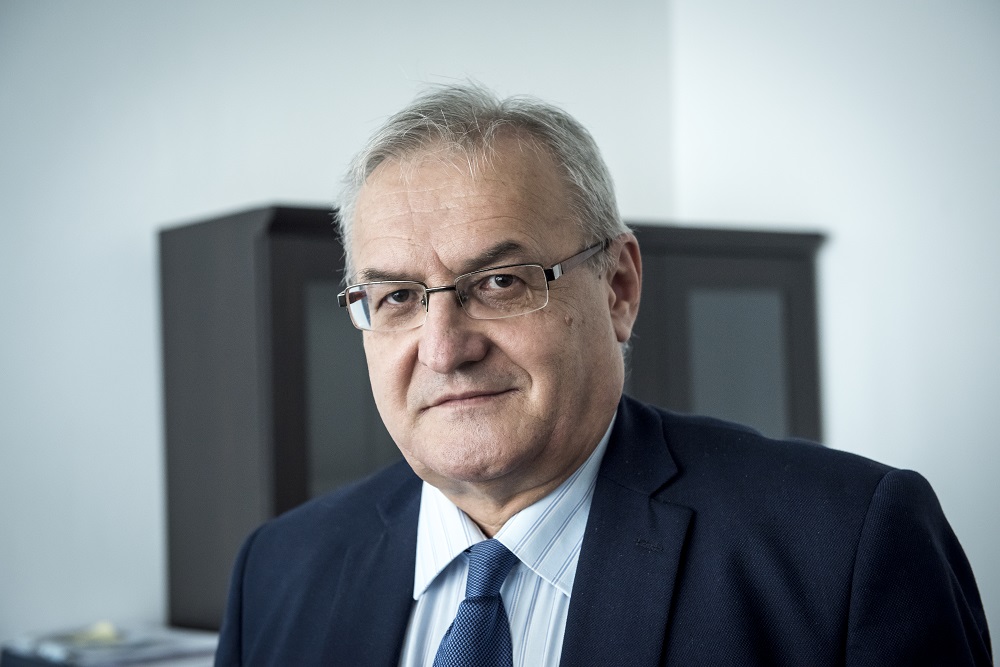
“Salus per Aquam” is a Latin proverb that means “health through water”. In tourism theory, the use of water for health purposes is directly related to spa tourism, where spas are considered as populated places based on location benefits related to the existence of mineral and thermal springs, and favorable climate, which are usable for healing, rehabilitation and recreational purpose.
Therefore, for all such places, it is imperative to create a tourist product, based on the existence of natural assumptions, which are the main motive for tourist visits to spa and recreation centers. Modern well-designed and organized spas, besides the health component, also contain a spectrum of sports and recreational facilities, which synergistically generate a unique health-tourism product and a competitive advantage of the tourist destination.
Of the factors influencing the functioning of the spa, the most important are the therapeutic value of thermal springs, the expertise of medical personnel, the equipment of the treatment facilities, the tradition of treatment, the habit of the guests to visit the appropriate spa.
The use of water for treatment is firstly associated with geothermal springs that have been used since ancient times for health purposes. According to historical sources, the first forms of health tourism come from the time of ancient Greece, where the pilgrims of that time came to the sanctuary of Epidaurus in the Saronic Gulf of the Mediterranean, dedicated to Asklepios, the God of healing. After that, the Romans built baths in the vicinity of geothermal sources and these places had not only a medical function, but turned into cultural and economic origin. The construction of these bathing areas and their subsequent maintenance was very expensive, so that the users of treatment and relaxation services were members of the Roman nobility who could afford it.
In that period, the name balneum was used for public baths, and the large bathroom that was built by the state was called the thermae. They are the original Roman heritage, which, as an integral part, had rich contents; baths for hot and cold water, swimming pools, gymnasiums, gardens, museums and libraries. Katon Elderly, Vitruvius, Pliny, Marcia, Ovidia, Strabon and Seneca wrote stories about that. After that, during the Ottoman Empire, hamams and ordinary public baths were built around which permanent settlements were often formed.
Modern spa centers are developing several poles of tourist attractions, such as health services, recreational activities, manifestation, congress tourism, entertainment and art, thus attracting a more heterogeneous structure of visitors. The introduction of a wellness program into the content has brought about a sense of direct and indirect economic effects. Direct effects relate to the financial profit realized from the immediate provision of wellness facilities and programs, while indirect ones are of multiplicative character, since by increasing the total tourist traffic based on the arrival of tourists on wellness programs, they also benefited from the accompanying activities.
Although Bosnia and Herzegovina has many natural, mineral and geothermal water springs where spas developed, most of the existing spa centers stagnate or record a downward trend. Such a situation is a consequence of objective and subjective weaknesses that are primarily reflected in the overcoming of supply, organizational weaknesses, unsuccessful privatization, obsolete technical assumptions, inadequate human resources, the inability to access quality financial assets, disregard of the “benchmarking” principles, which are the product of the postwar period and unstable political and the economic position of Bosnia and Herzegovina.
Some of the traditional spas do not function at all, such as Banja Kiseljak, which is an inhabited place which came to existence due to mineral springs. According to some sources, 2,500 tourists from Europe were staying in this spa in 1895, and in the 70’s and 80’s of last century a special medical part was established, within which treatment with mineral water was applied. Of all that, today there is only an abandoned building that does not serve to any purposes and is increasingly ruined every day.
There is a question: what to do and how to use what nature offers to us? It is evident that the level of supply and dynamics of tourism trends must be improved primarily using the available natural potentials. This requires the engagement and participation of all levels of government in creating an appropriate business environment, which will result in new investments and the creation of an innovative high-quality product. The assumption for all these activities is the creation of an undoubted strategy with a focus on the product of health-tourist destinations.


